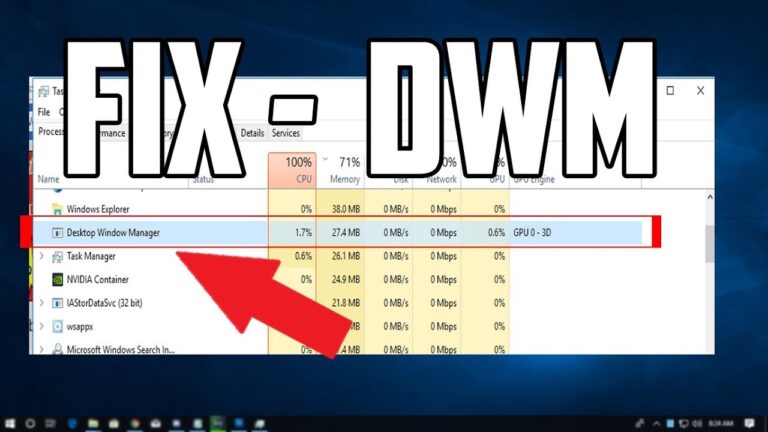Understanding SSIS-950: A Comprehensive Guide for Data Integration Professionals

Data integration and transformation are critical in today’s information-driven businesses, where large volumes of data are generated and need to be managed seamlessly. SQL Server Integration Services (SSIS) is a powerful tool in this regard, designed to handle tasks like data migration, transformation, and automation within SQL Server databases. In this article, we explore ssis-950, a unique identifier in the SSIS catalog and deployment model, highlighting its importance, use cases, and best practices.
What is SSIS-950?
The term ssis-950 refers specifically to a package format and version used in the SSIS deployment model. In SQL Server 2012, Microsoft introduced a new project deployment model for SSIS, which brought about a revised file format for SSIS packages. This new format, labeled ssis-950, aligns with SQL Server 2012 and later versions, defining the structure and compatibility of SSIS packages in these environments.
Key Benefits of Using SSIS-950 in Data Management
1. Enhanced Compatibility with SQL Server Versions
The ssis-950 format is designed to support SQL Server 2012 and later versions, offering seamless integration across various data platforms. This format optimizes compatibility with the SSIS catalog (SSISDB), which manages and stores packages in a structured, secure way. Utilizing ssis-950 allows for more efficient upgrades, as organizations can migrate packages without compatibility issues across supported SQL Server versions.
2. Advanced Security and Role Management
Security is a fundamental requirement in data management, and ssis-950 supports advanced security features that protect SSIS packages. In the SSIS catalog, you can assign specific roles and permissions to users, ensuring sensitive data and processes remain secure. By adhering to ssis-950, organizations can set access controls at both project and package levels, providing layers of protection that help meet regulatory requirements.
3. Simplified Deployment and Maintenance
One of the primary goals of ssis-950 is to streamline the deployment and maintenance process of SSIS packages. With the project deployment model, administrators can deploy an entire project, which contains multiple packages, as a single unit. This method contrasts with previous versions that required package-by-package deployment. The ssis-950 format thus reduces deployment time, enhances efficiency, and minimizes errors during updates.
How to Deploy and Configure SSIS-950 Packages
Step 1: Prepare Your Project for Deployment
To get started with ssis-950 package deployment, first ensure that your SSIS project is compatible with the project deployment model. Set the project properties to use the ssis-950 format, which may involve converting any legacy packages to this format. Once configured, you’ll be able to deploy the project to the SSISDB.
Step 2: Use the SSISDB Catalog for Centralized Management
The SSISDB catalog is the central repository for managing ssis-950 packages. After deployment, packages are stored securely in the SSISDB, where you can monitor, execute, and configure each package. The SSISDB also allows for advanced configuration, such as parameterization, logging, and auditing.
Step 3: Configuring Parameters and Environments
With ssis-950, SSIS projects can be parameterized for flexibility. Parameters can be set at both the project and package level, allowing users to tailor variables according to different environments, such as development, testing, and production. This parameterization is key to enabling the same package to function across various environments without modification, which enhances efficiency in large-scale deployments.
Step 4: Monitor and Log Package Execution
To ensure data integration processes run smoothly, monitoring and logging are essential. The ssis-950 format supports detailed logging through the SSISDB catalog, capturing information on package execution times, statuses, and any error messages that arise. These logs provide valuable insights into performance and can aid in troubleshooting issues proactively.
Best Practices for Using SSIS-950 in Your Data Integration Workflows
Optimize Package Execution for Performance
To maximize the performance of ssis-950 packages, consider the following tips:
- Parallel Execution: Enable parallelism for data flows to leverage multi-core processors, enhancing package execution speed.
- Limit Row Transformations: Avoid excessive row-based transformations, which can slow down package performance. Batch transformations are generally more efficient.
- Utilize Native SQL Operations: When possible, perform data transformations within SQL Server itself to reduce processing time within SSIS packages.
Leverage Data Flow Optimization Techniques
For large data loads, optimize the Data Flow Task to prevent bottlenecks. This involves configuring buffer sizes and utilizing staging tables to reduce load times. The ssis-950 format is particularly effective when combined with such optimization techniques, as it supports high data throughput and efficient data handling.
Ensure Consistent Package Versioning
Version control is critical when managing multiple SSIS packages. Use the ssis-950 package identifier to tag versions of your packages, allowing for easy identification and rollback if needed. By maintaining version consistency, teams can ensure they are working on the most current package version, avoiding potential compatibility issues.
Automate Deployment with PowerShell and SQL Server Agent
Automating deployment and execution of ssis-950 packages can streamline processes, particularly in environments that require frequent updates. PowerShell scripts and SQL Server Agent jobs can schedule and automate package execution, reducing manual workload and improving deployment consistency.
Troubleshooting Common SSIS-950 Issues
1. Compatibility Errors with SQL Server Versions
If your SSIS package was originally created in a different SSIS version, you might encounter compatibility issues when converting to ssis-950. To resolve this, use the SSDT (SQL Server Data Tools) to upgrade the package format and address any deprecated components.
2. Execution Fails Due to Missing Parameters
Parameterized packages in ssis-950 may fail if required parameters aren’t configured correctly. Always double-check parameter values in the SSISDB and validate them across environments. Setting up default values for parameters can help avoid execution issues.
3. Performance Degradation Over Time
Some packages may experience performance degradation after extended use. Regularly monitor logs in the SSISDB catalog to identify slow-running tasks and consider re-optimizing the package, particularly by adjusting buffer settings or reevaluating data flow configurations.
Future Outlook for SSIS and SSIS-950
The SSIS platform, and specifically ssis-950, continues to evolve with new SQL Server releases. Although Azure Data Factory (ADF) is growing in popularity for cloud-based data integration, SSIS remains a powerful choice for on-premises and hybrid solutions, thanks to its robust capabilities and customization options. Organizations looking to modernize their data processes should stay informed about updates to ssis-950 to ensure they leverage the latest advancements in SSIS technology.
Conclusion
SSIS-950 represents a pivotal evolution in SQL Server Integration Services, streamlining data integration, deployment, and management in modern SQL Server environments. By understanding and implementing best practices for ssis-950, data integration professionals can build scalable, efficient, and secure data pipelines that serve critical business functions.





